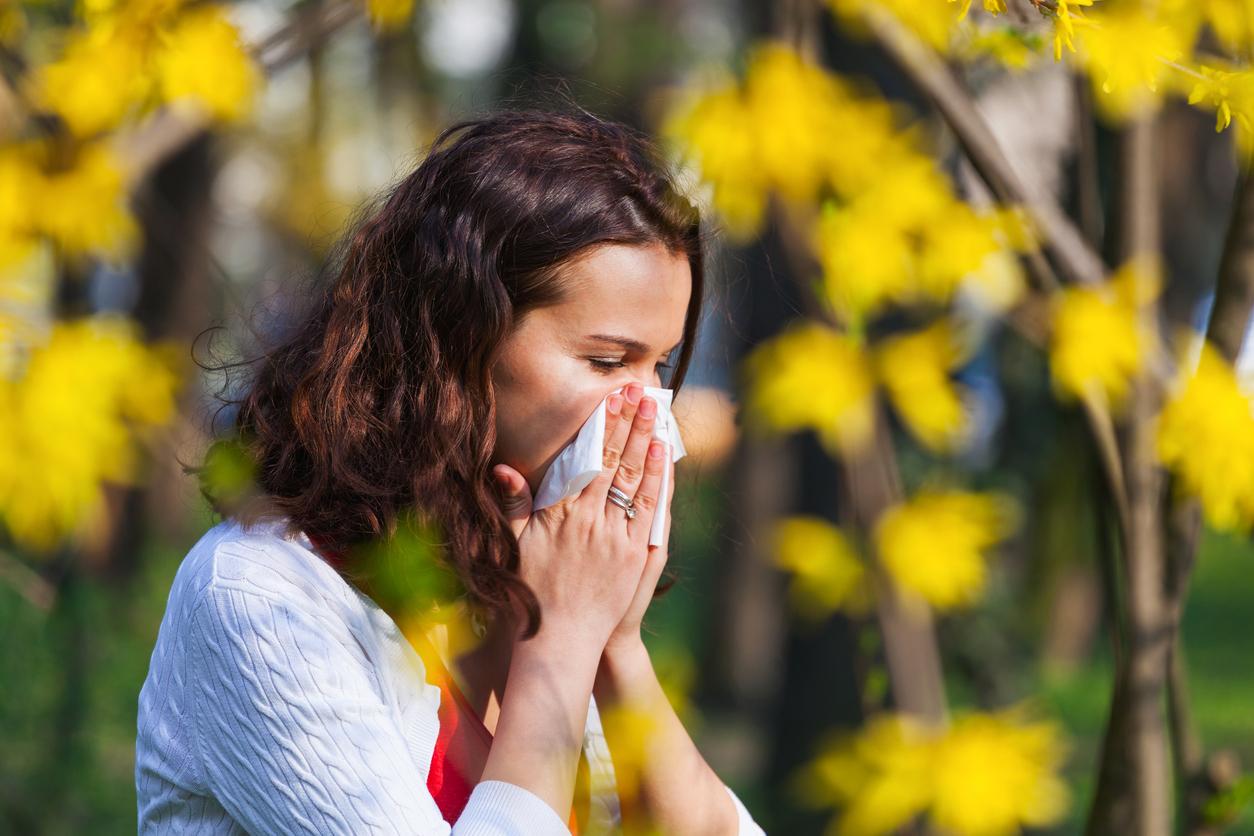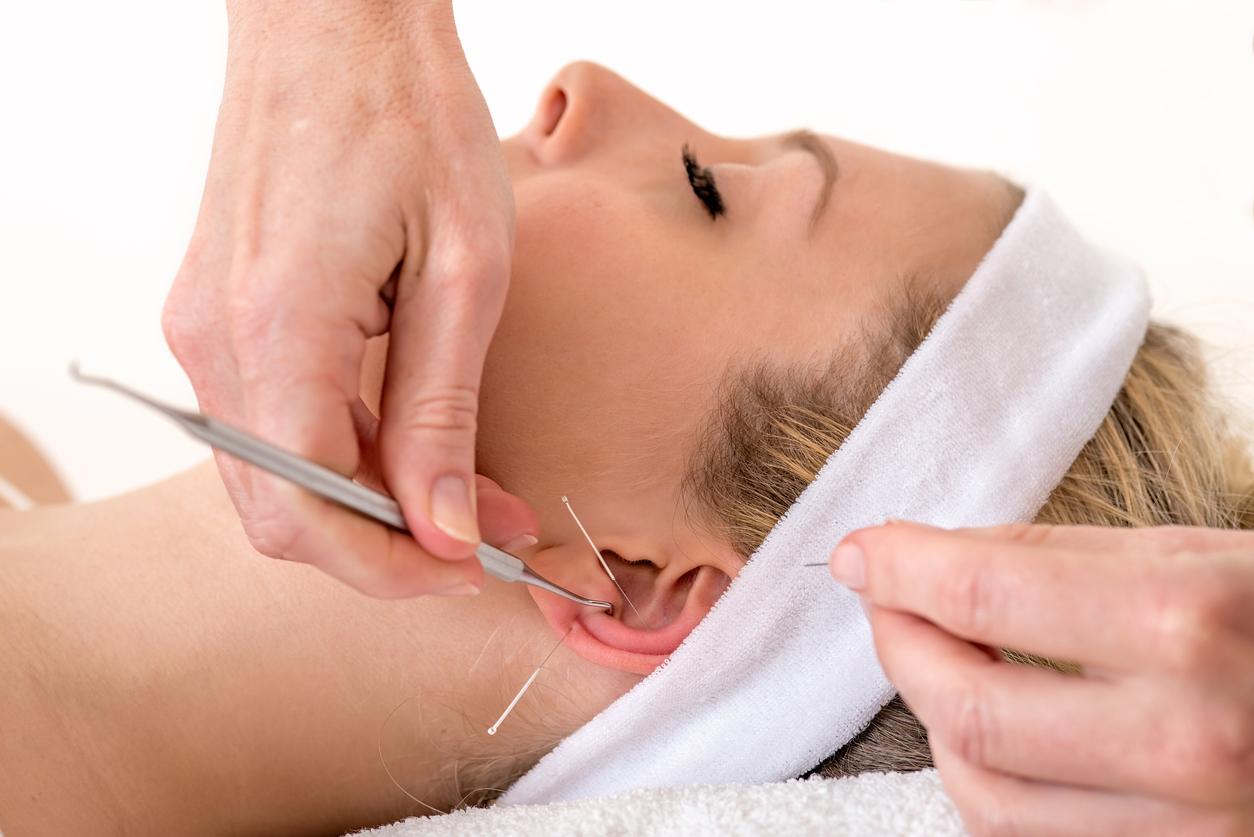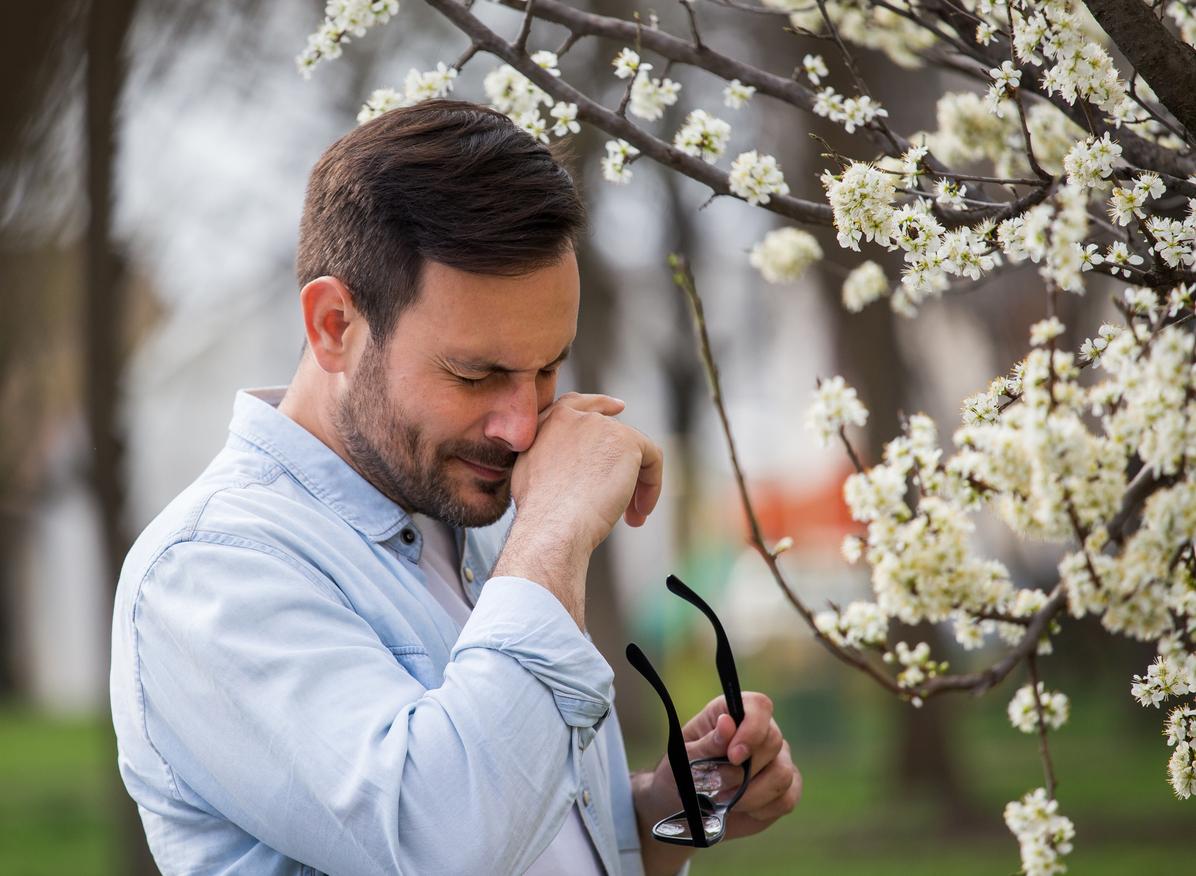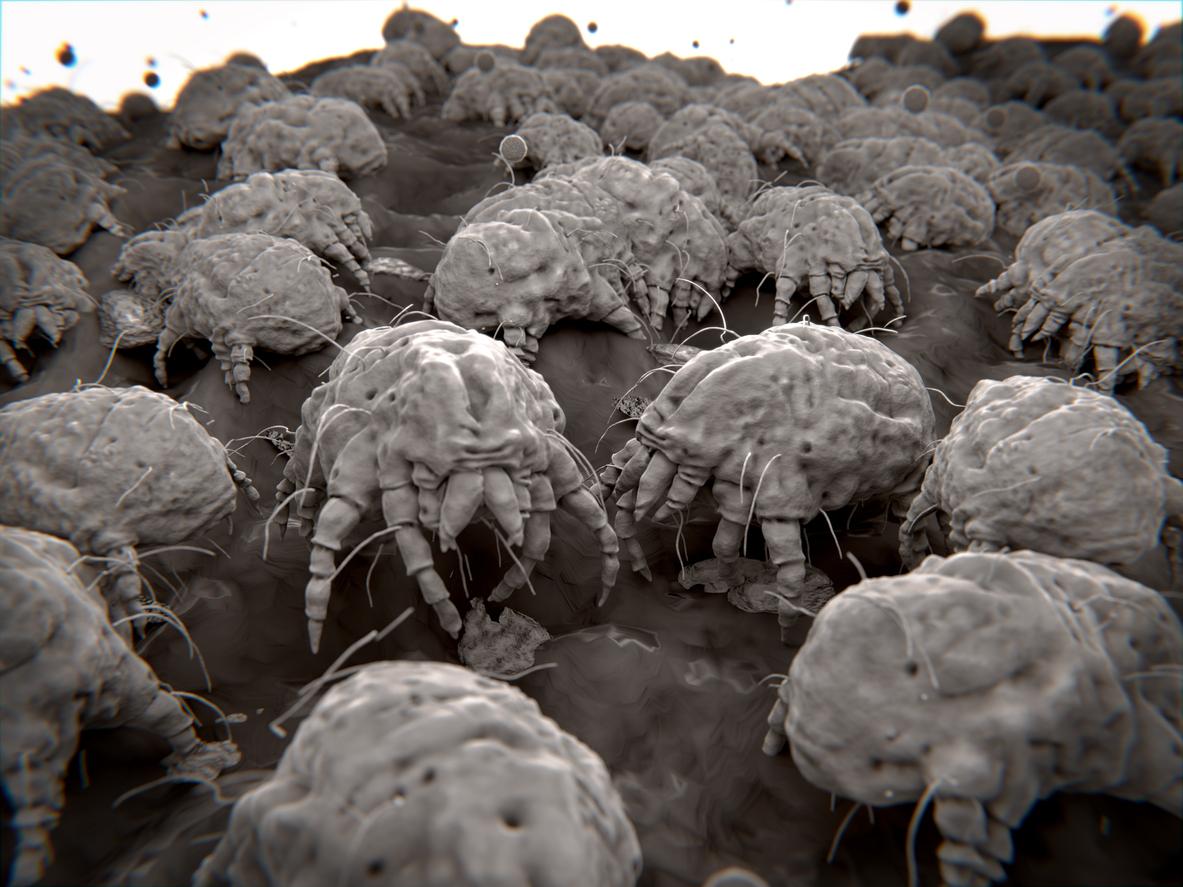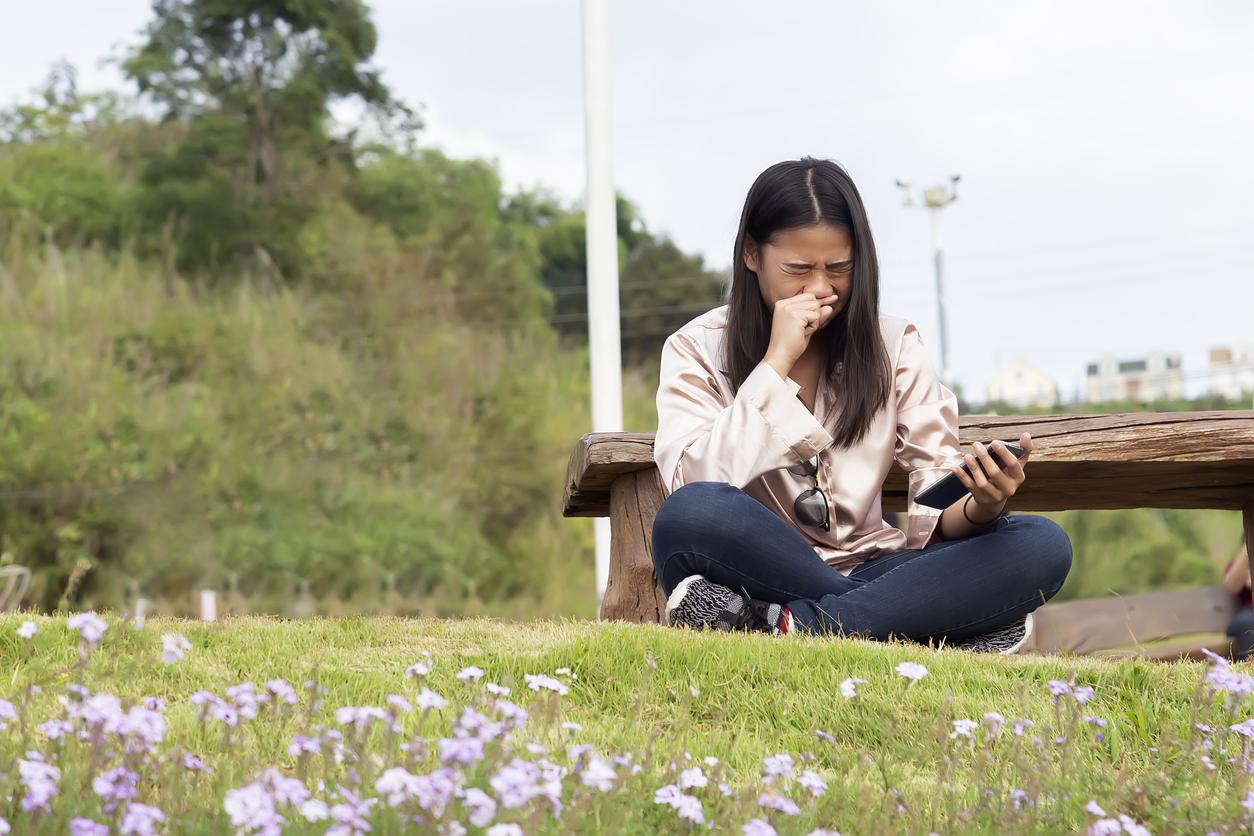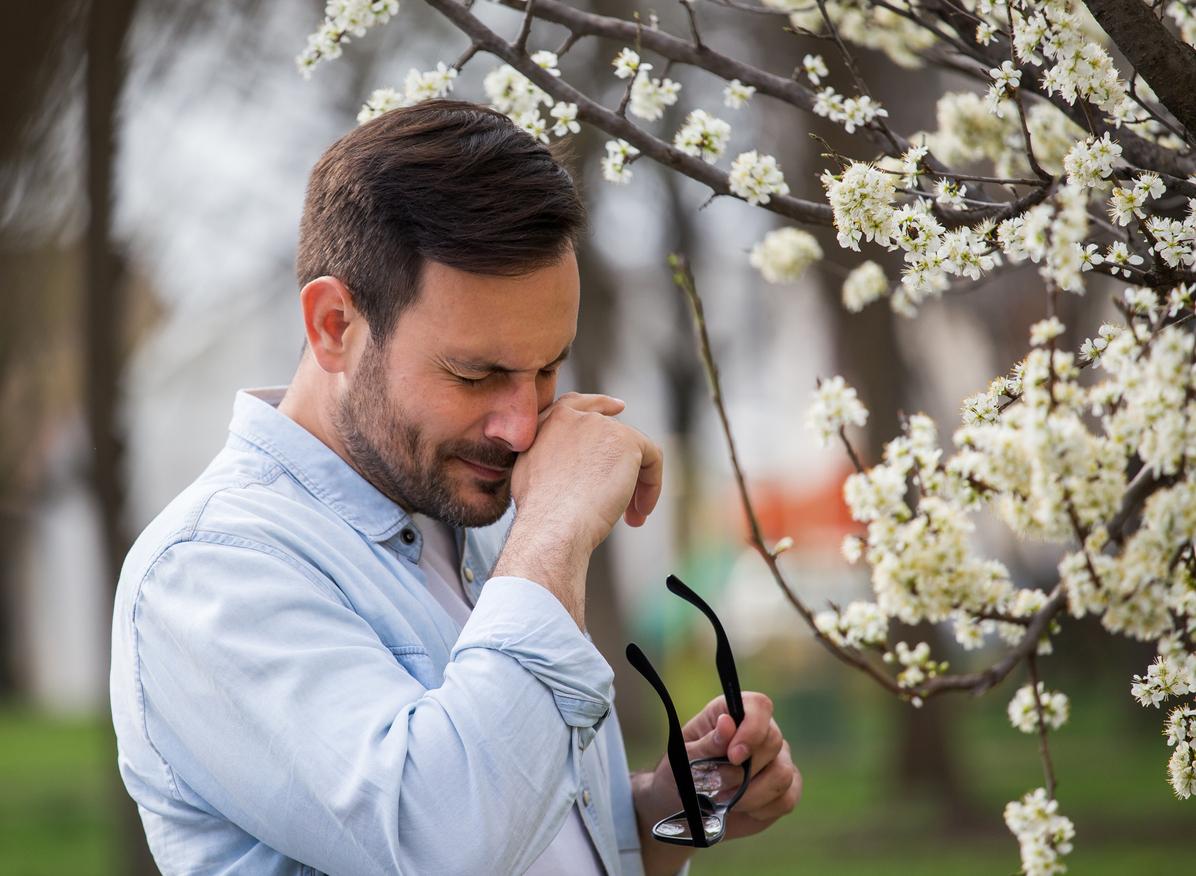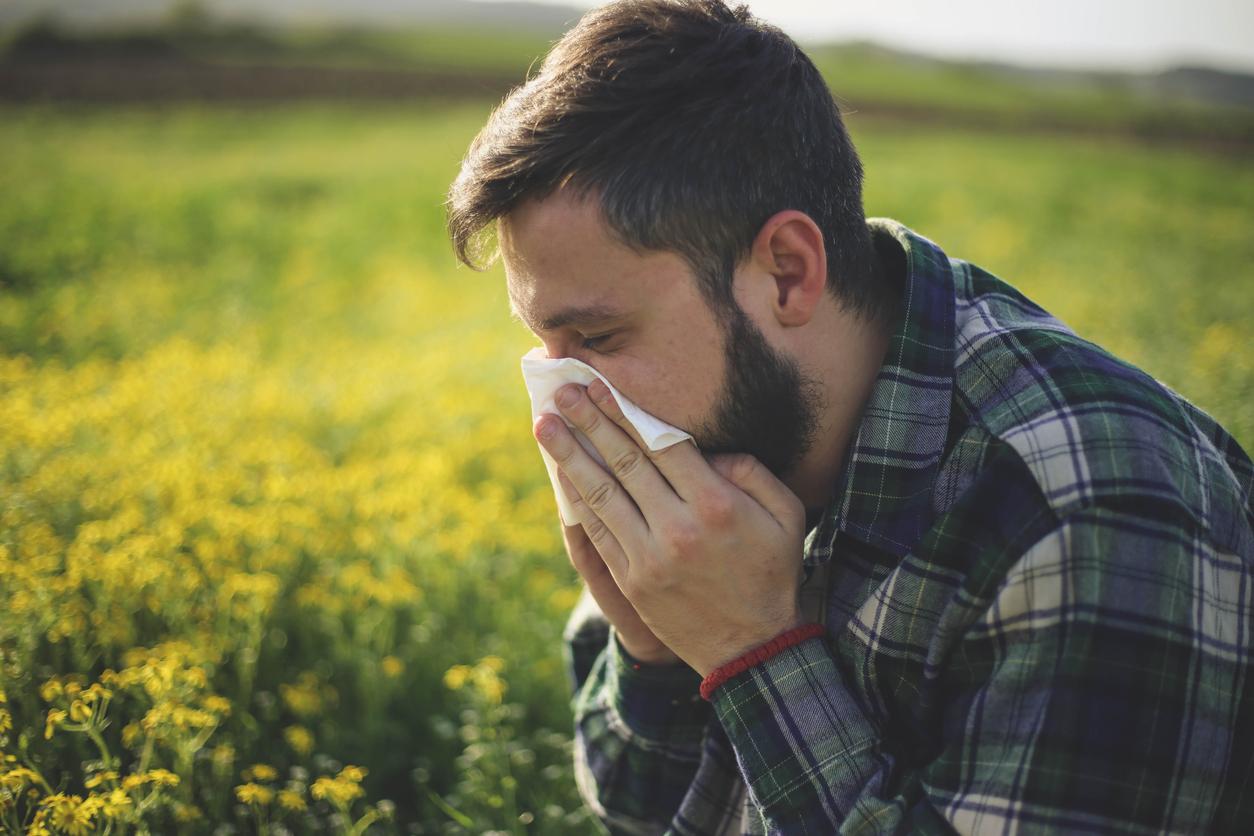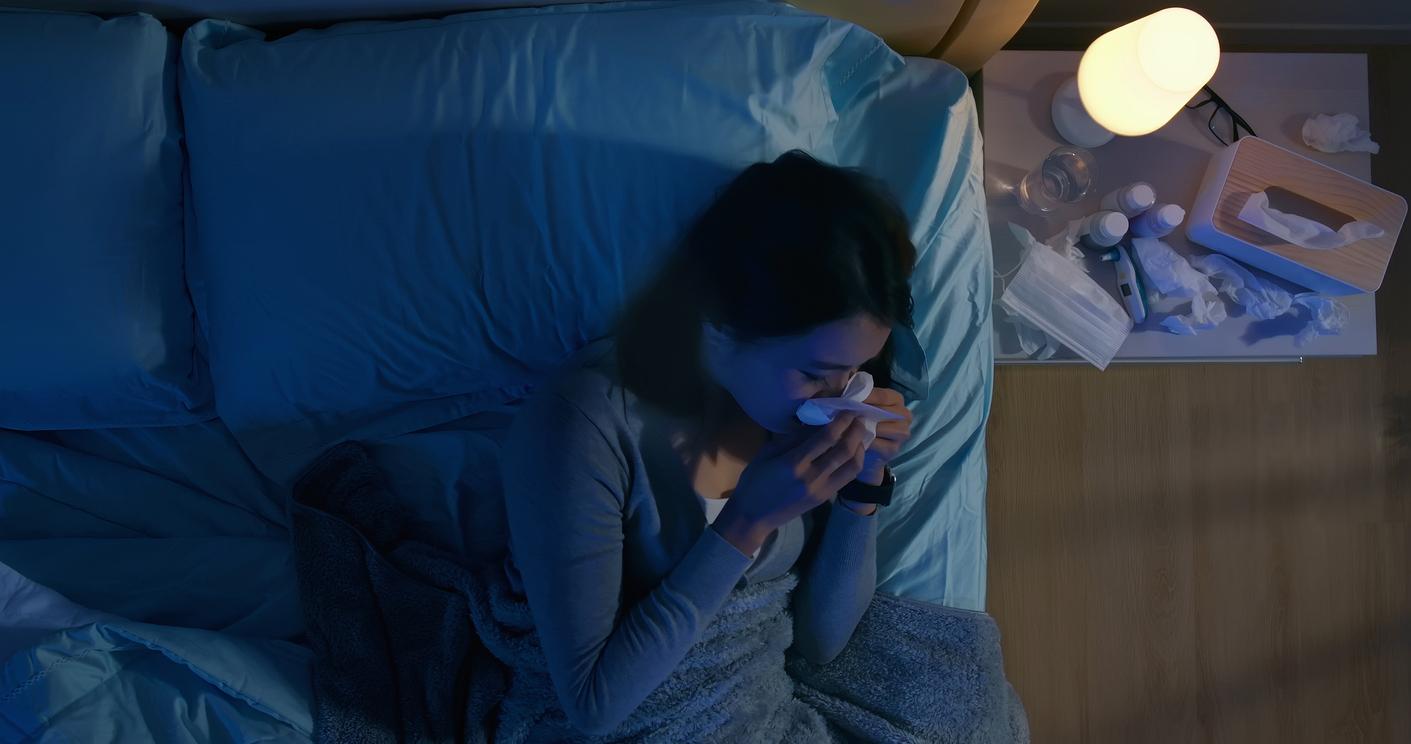Grasses are a family of monocotyledonous plants of the order of Poales that can be found in meadows, in forests or on the roadside. While it is difficult to avoid them on a daily basis, there are ways to protect yourself effectively.
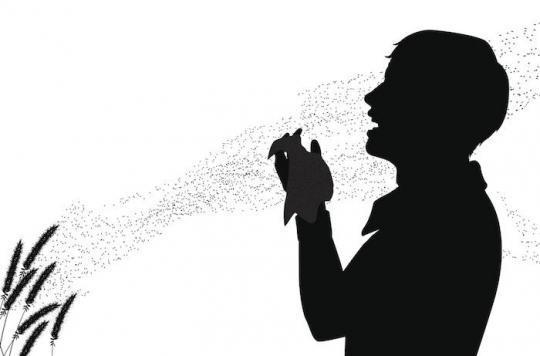
The beautiful days are returning and with them: allergic rhinitis (hay fever), asthma attacks and other breathing difficulties. Between 20 and 40% of French people suffer from pollen allergies. For several days, France has been on orange alert, mainly threatened by grass pollen, except in Brittany, in the North and around the Mediterranean where the risk is average.
Where is grass pollen found?
Grasses are a family of monocotyledonous plants of the order Poales, which includes about 12,000 species grouped into 780 genera, with a cosmopolitan distribution. It is, by the number of species, the fifth family of flowering plants, after the Asteraceae, Orchidaceae, Fabaceae and Rubiaceae. Most of the species commonly known as “herbs” and cereals are found there. It is found in the meadows, in the forest or by the roadside.
Allergics should therefore remain very vigilant and consult their doctor or an allergist in the event of symptoms. “For those who do not experience it, an allergy seems harmless. It rarely is. It can lead to fevers at 38 ° C, wheezing, great fatigue. Not to mention that an underlying asthma can be hidden. under rhinitis and declare itself at any age “, notes Doctor Jean-François Fontaine, allergist in Reims (Marne), president of the Association for continuing education in allergology (Anaforcal).
How to protect yourself effectively?
If you are allergic, there are a few things you can do to help. The key is to limit contact with the outside when the risk is high: avoid walks in the forest or in the fields. If you are driving by car, keep the windows closed.
the National aerobiological surveillance network (RNSA) also recommends “to rinse the hair in the evening (otherwise the pollens are deposited on the pillowcase and maintain the irritation, note), to favor the opening of the windows before sunrise and after sunset (pollens are more present during the day, editor’s note), to avoid drying clothes outside, to follow your treatment well and to consult your doctor in case of symptoms … “. Change regularly if you can, pollens tend to stick to clothes.
Immunotherapy, or desensitization
Systematic elimination of the allergen is not always possible, but the available treatments are effective and generally safe, if used correctly. It is recommended to take them systematically, every day, from the start of the signs and throughout the flowering period in question. In some cases, it is possible to take them even a little earlier, which avoids allowing the allergy to set in.
To change the course of the allergic disease, it is possible to resort to specific immunotherapy, or “desensitization”: this technique makes it possible to induce tolerance to one or more allergens. The progress of recent years has reinforced the effectiveness of these treatments with better purification of allergens and the administration of some sublingually. Subcutaneous injections take place once a week for 3 months, then once a month for 3 years.
Subcutaneous immunotherapy controls the signs of allergies in more than two-thirds of people with allergic rhinitis and prevents the development of bronchial asthma and broadens the spectrum of allergies to others. allergen over time. Desensitization works all the better if it is initiated soon after the development of the signs. In the event of recurrence after desensitization, if the first immunotherapy was effective, it may be repeated.
An interesting alternative is sublingual immunotherapy which must be started at least a few months before the pollen season: it is interesting not only for the treatment of the symptoms of birch allergy but also for changing the course of the allergic disease.

.







